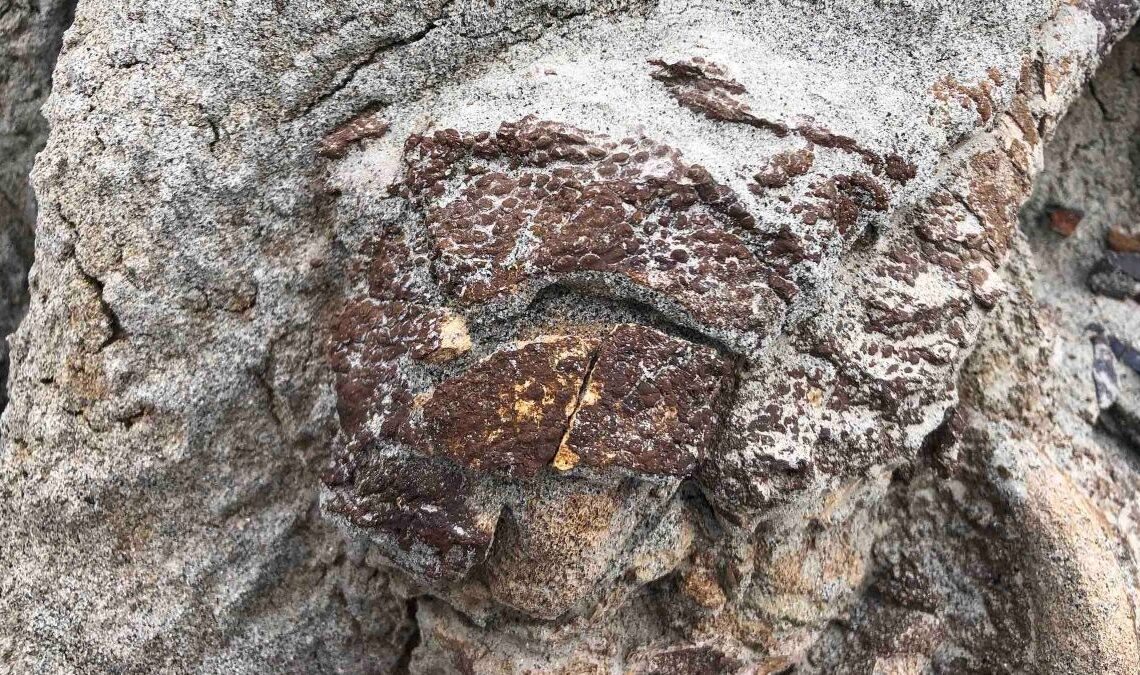Finding a dinosaur fossil with preserved soft tissue is incredibly rare, so when a team of researchers in Alberta, Canada, unearthed a hadrosaur — a duck-billed herbivorous dinosaur — with not only a near-complete skeleton but also with patches of pebbly-textured skin still intact, they knew they had stumbled upon a once-in-a-lifetime discovery.
“I’ve never seen anything like it,” Brian J. Pickles, an associate professor of ecology at the University of Reading in the United Kingdom, who was scouting the area with some of his students, told Live Science.
When he caught his first glimpse of the fossil, he “was completely blown away.”
Measuring 13 feet (4 meters) in length, the specimen died approximately 76 million years ago while roaming what was once a complex river system that crisscrossed the landscape during the Cretaceous period (145 to 66 million years ago). Today, that same area is known as Dinosaur Provincial Park, a UNESCO World Heritage Site that is recognized as a hotbed of dinosaur fossils. Some 400 to 500 dinosaur skeletons or skulls have been found in the area, according to CBC/Radio Canada (opens in new tab), Canada’s national public broadcasting station.
Pickles suspects that the abundance of sandstone and silt covering the fossils is what helped with their impeccable preservation; the skeleton includes “a big chunk of the tail and one of its hind limbs at the surface of the rock, which is starting to pop out,” he said.
“I think [the specimen] was covered quite quickly, otherwise it wouldn’t be this well preserved,” Pickles explained. “You can see some of its vertebrae and tendons, and once you get closer, you can see some of its scales. The dark, scaly skin has a basketball-like texture. This is something really special; you don’t find things like this very often out in the field.”
Related: What color were the dinosaurs?
An adult hadrosaurs is typically at least twice the size of this particular specimen. That suggests the newly discovered hadrosaur was a juvenile, which adds an additional layer of intrigue to the discovery.
“It’s rare to find juvenile fossils,” Pickles said, “because typically dinosaurs grow quite quickly, and we usually find the remains of adults.”
Pickles told Live…
Click Here to Read the Full Original Article at Livescience…

